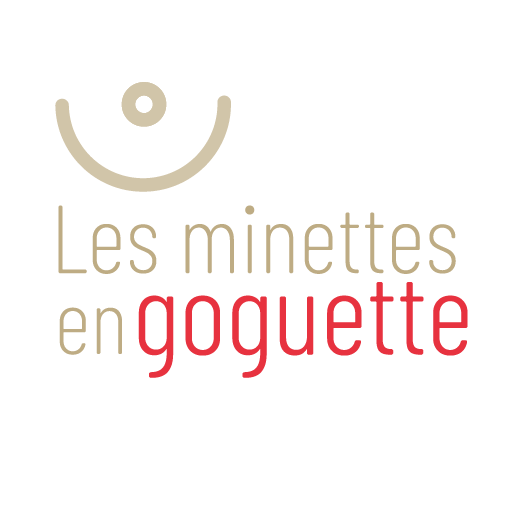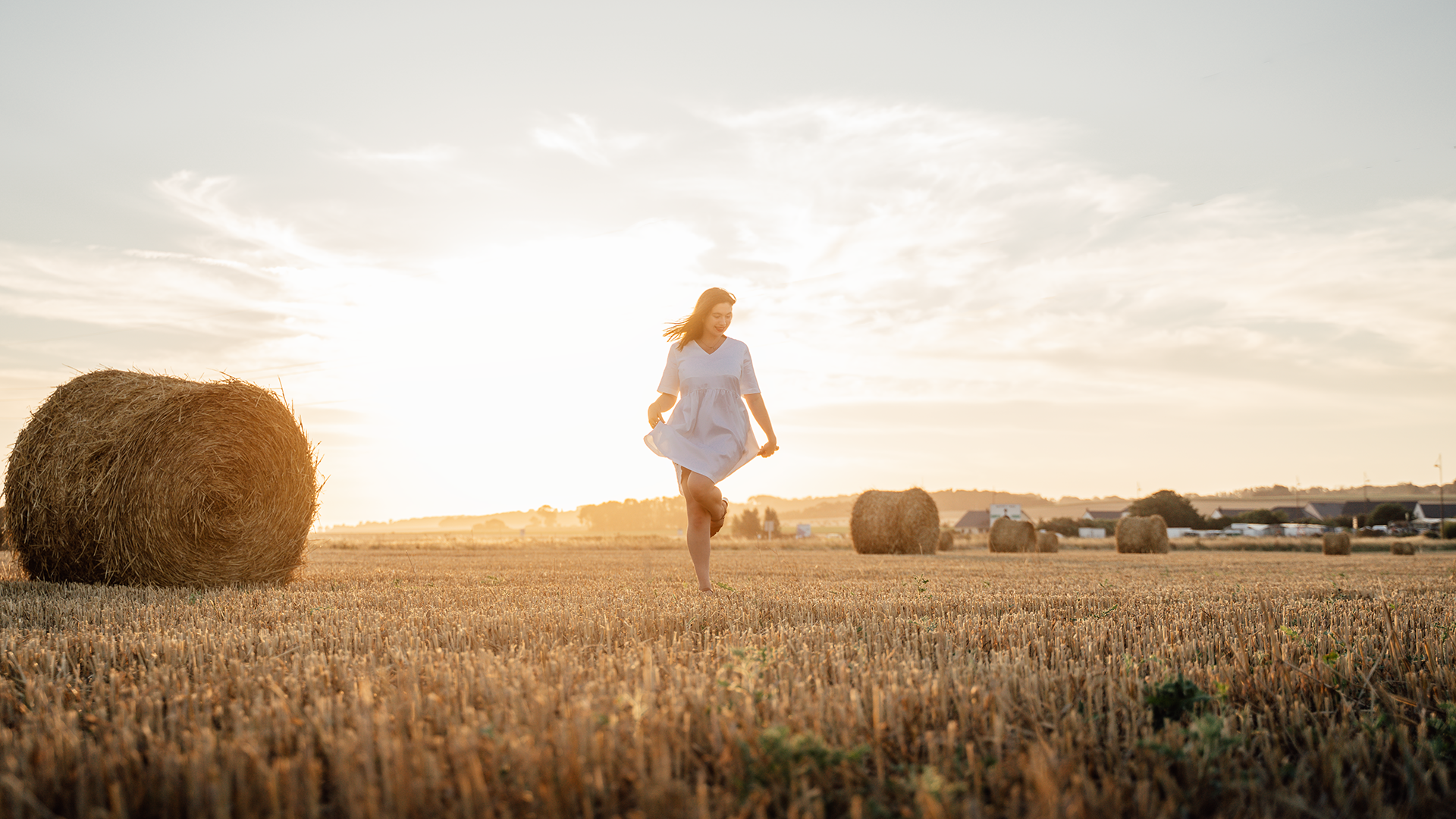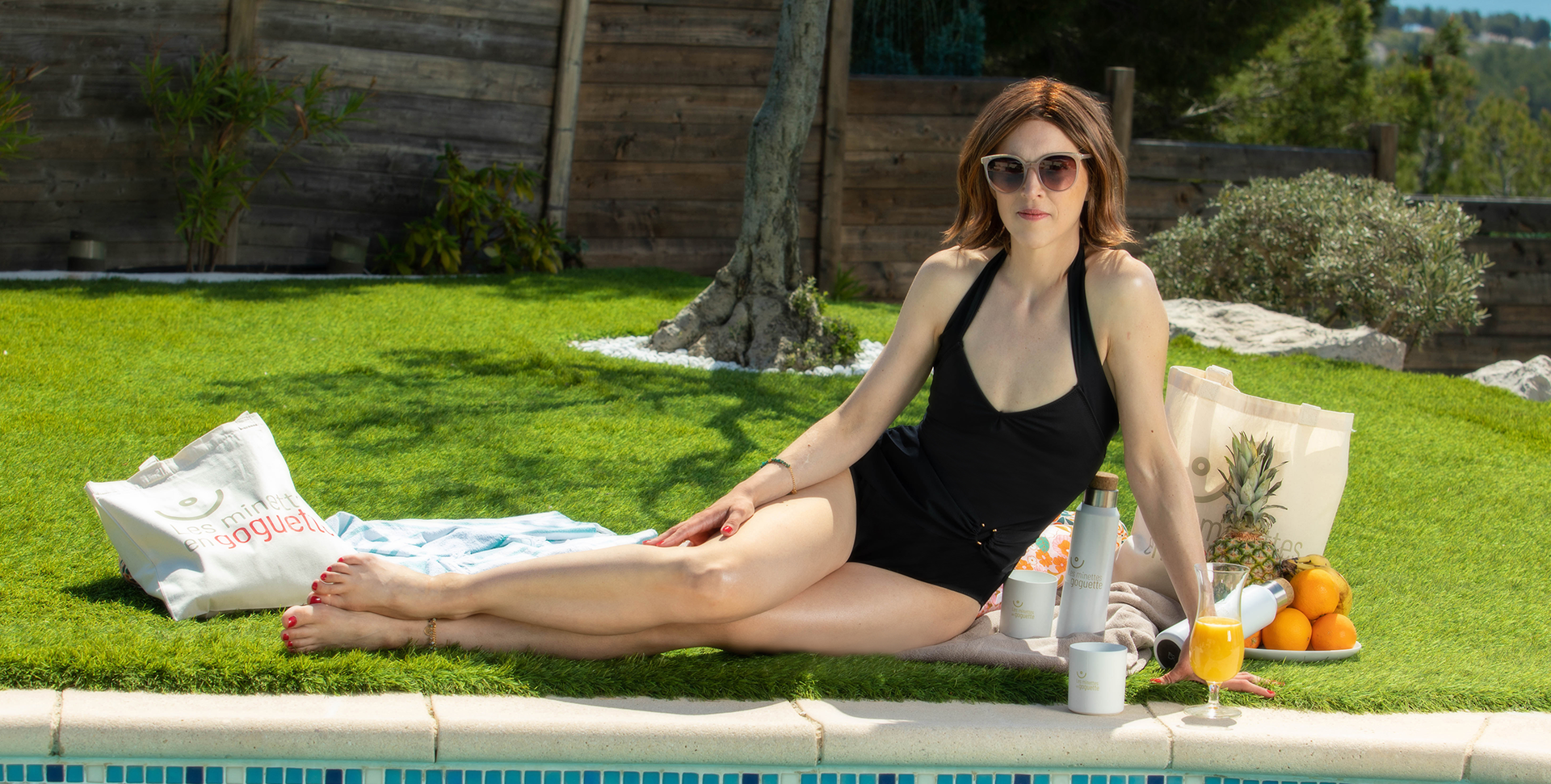Transparency: are we talking about it?

In the previous article, we talked about slow fashion and the fact of being well informed about the products before buying. But it's often difficult to make the right choice when the brands don't provide information! Here is an article on brand transparency and its importance.
But first, what is transparency? When a brand is transparent, it chooses to communicate to its customers information that is generally confidential (such as price details, product design, behind the scenes of the company, etc.).
This is a real demand from consumers: according to an Ipsos study, 72% of French people expect brands and companies to be responsible and transparent, and, according to an Abilways study, 89% of them are ready to leave a mark if they feel cheated.
But brands do not always follow! Many big brands do not communicate on their type of production. Often, it is because by favoring a more advantageous price, they hire workers whose wages are extremely low. On top of that, working hours and working conditions are often substandard. For example, it was recently discovered that 83 major brands are secretly linked to Uyghur forced labor in China. This represents nearly 80,000 workers. We put the link here if you want to dig a little deeper: Uyghurs for sale | Australian Strategic Policy Institute | ASPI
Many brands still lack communication behind the scenes: which factories manufacture the product, in which countries are they located, who are the workers, the suppliers, etc.
However, transparency shows the brand's desire to do better and that it has nothing to hide. We can then know our true values and avoid falling into the trap of greenwashing (using the argument of ecology wrongly to encourage prospects to buy)
More and more customers are “ consumers ” (like us!): they buy from brands that are aligned with their values. Transparency then creates a bond of trust between the customer and the brand.
So how do you know what's behind the products when the brand lacks transparency? There are a few tools:
Yuka 
A French reference for food and cosmetics brands, it gives a score to the products that are scanned.
· For food , the rating is based on nutritional quality, which represents 60% of the rating, the presence of additives, which represents 30% of the rating, and the biological dimension, which represents 10% of the rating.
· For cosmetics , the rating is based on the quality of the ingredients and their risk category (no risk, low risk, moderate risk and to be avoided). If the product contains a risky ingredient, then it will automatically be below 25/100.
In addition to that, the ecoscore rates the impact of the product on the environment: it is an independent rating method **** which gives a score from A to E, and evaluates the impact of a product on the environment using around ten criteria.
There is also the equivalent in cosmetics (Clean Beauty) and in fashion (Clear fashion)!
Clean Beauty 
It is an application that identifies banned and controversial ingredients in beauty products (including nail polish, hair dye, makeup, etc.). You just have to photograph the list of components to have an explanation of them.
Clearfashion 
Through barcode scanning or brand search, this app gives us more information about the clothes we buy! Scoring is based on 4 themes : impact on the environment, animal welfare, health/toxicity and people.
These applications are founded or co-founded by women in France...a great reason to support women entrepreneurs!
We hope you will see more clearly thanks to these applications! From our side, we are going to start a saga of articles on all types of fabrics in detail. Our goal is to raise awareness and give as many tools as possible so that you buy healthy and ecological products!
To be continued, then!





Leave a comment